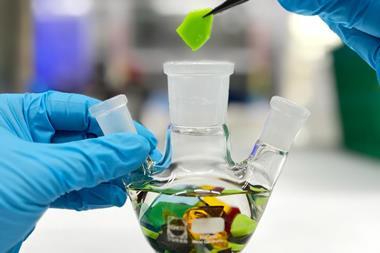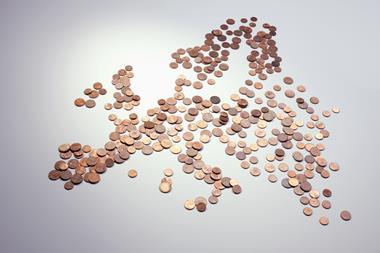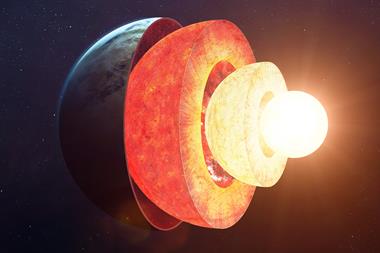Caesium may help to eliminate problem of halide segregation in perovskites
A team of scientists from the UK and Germany has found that adding caesium to a perovskite solar cell can improve its photostability. The caesium-doped lattice also has the potential to increase the efficiency of a conventional silicon solar cell when placed on top.
Perovskite solar cells have an organometal halide structure, with a typical device containing a mixture of formamidinium, lead, bromine and iodine. Although their efficiencies have been climbing in recent years, their stability has been questioned.
This instability may arise as iodine-rich regions form in the cell under light. Such changes restrict the voltages obtainable in the device. David McMeekin, from the University of Oxford, UK, and his colleagues have solved this problem by replacing a small fraction of the formamidinium cations with caesium to maintain a single crystalline phase.
The cell’s wavelength response does not change after one hour of illumination and it has an efficiency of 14.7%, when measured over a 0.715cm2 surface area. When layered on top of a silicon solar cell the modified perovskite boosted its efficiency by 7.3%.
References
D McMeekin et al, Science, 2015, DOI: 10.1126/science.aad5845












No comments yet